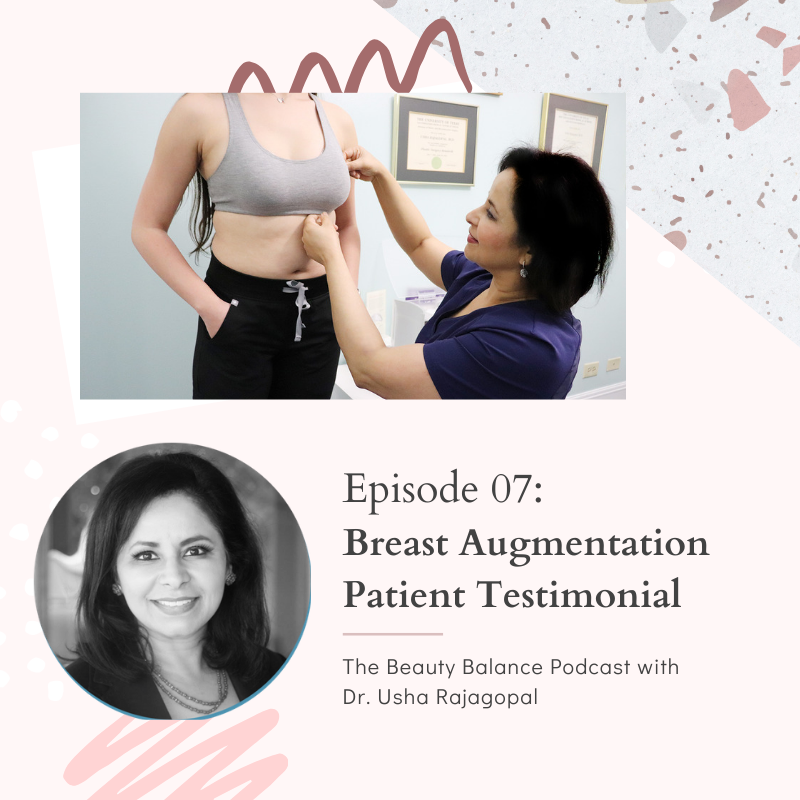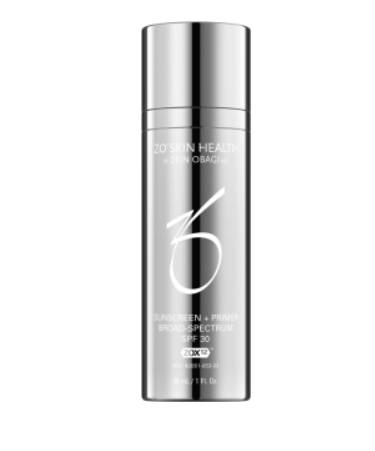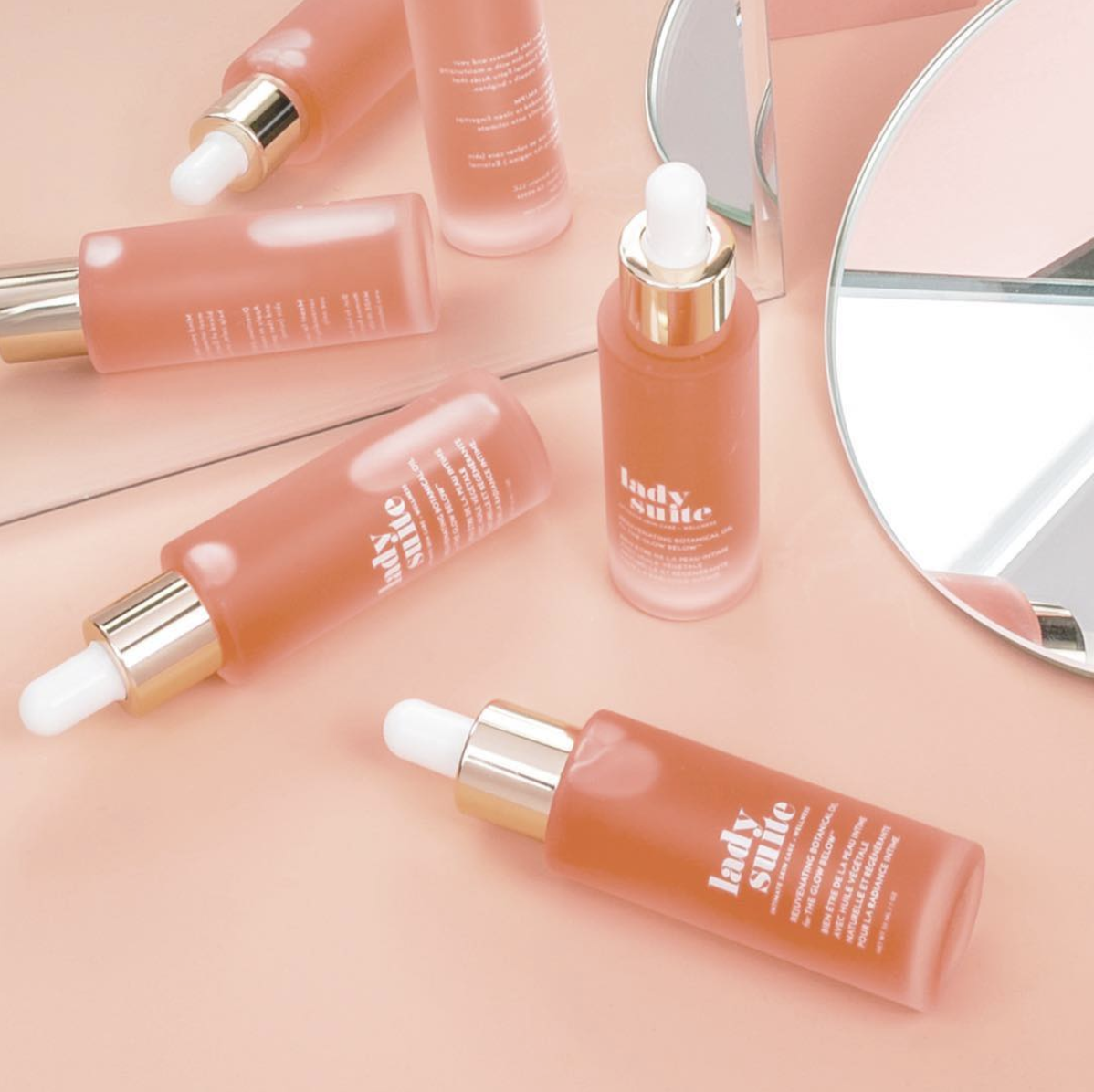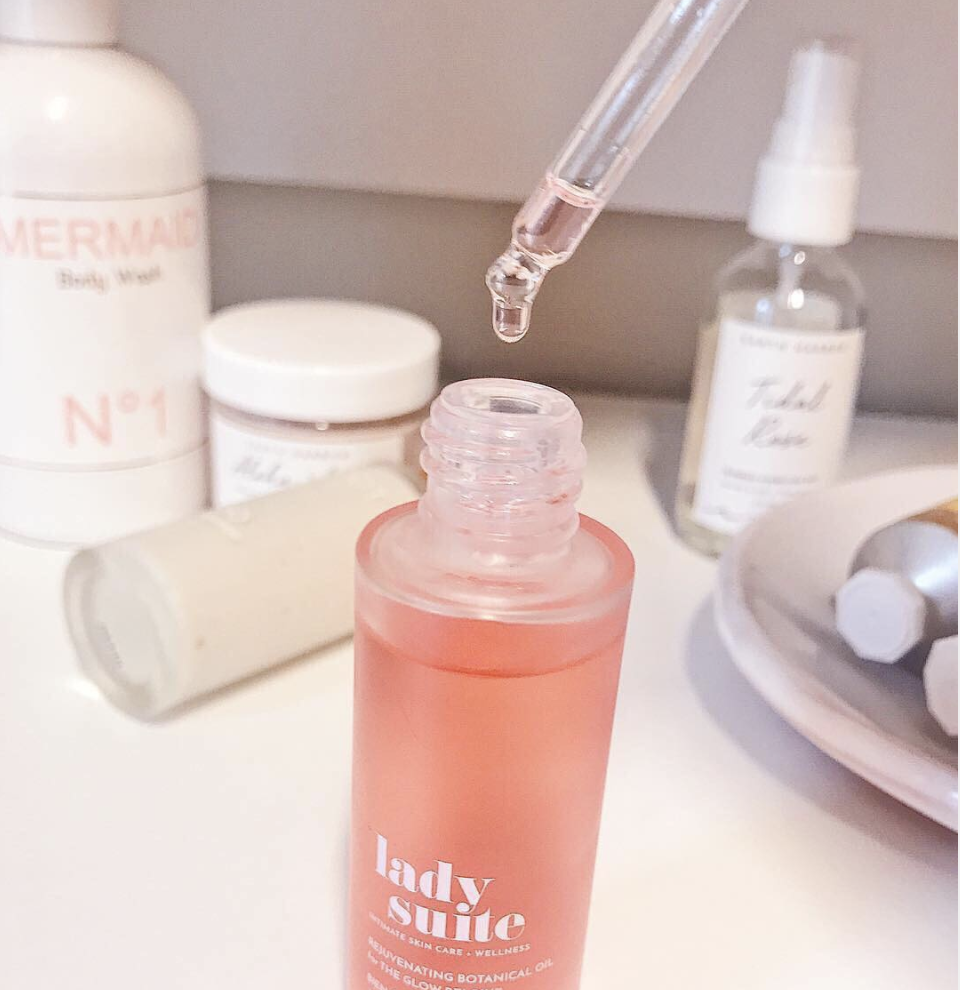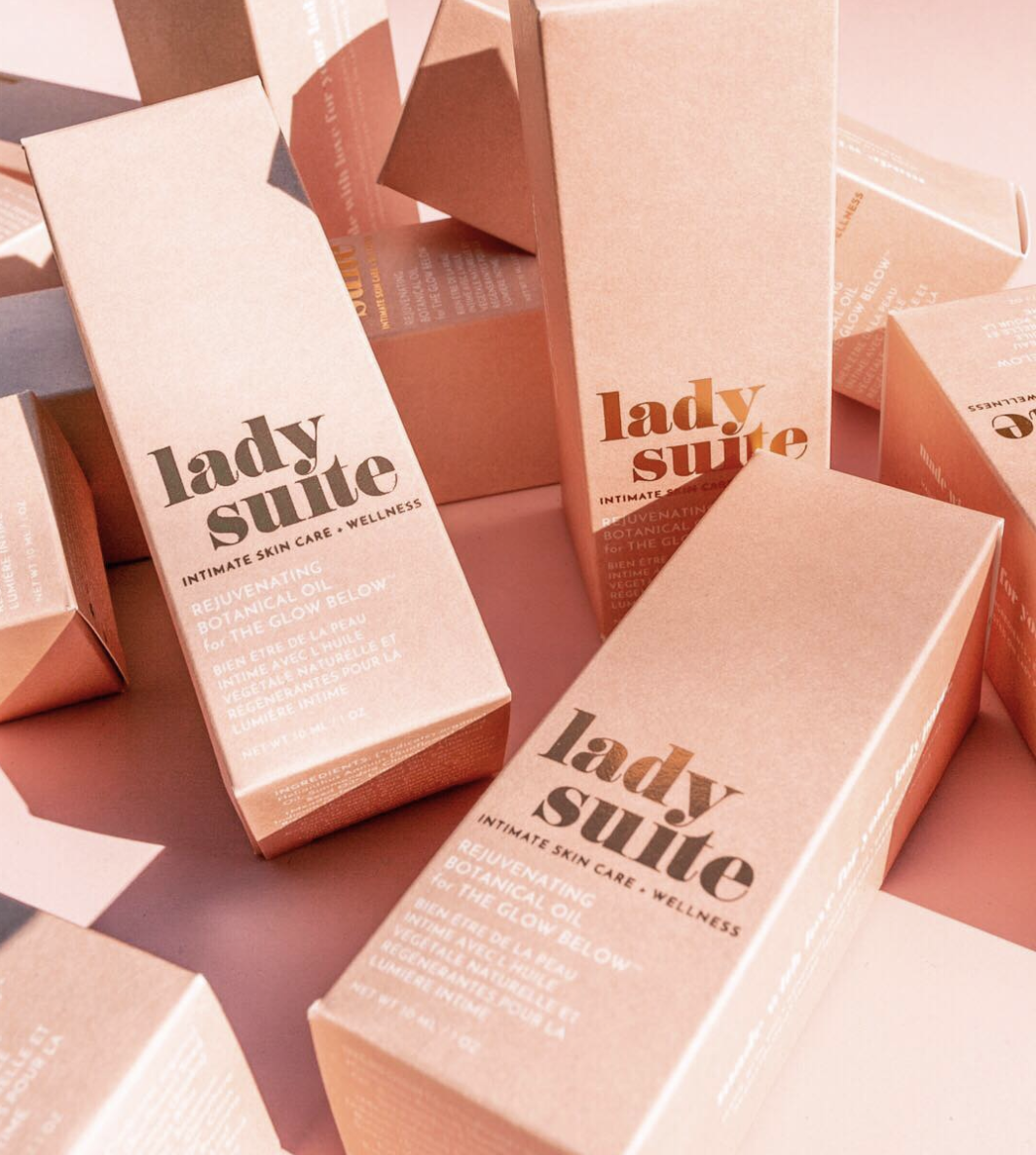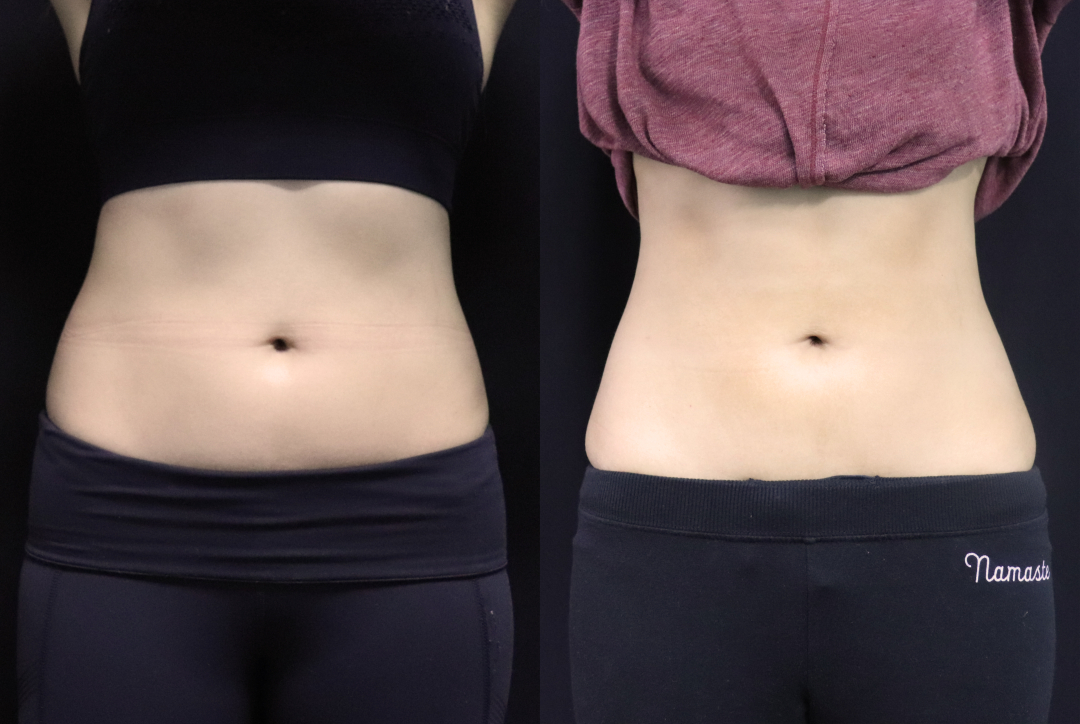UR: I’m very excited today to have Michael Jafar, the Chief Marketing Officer from Evolus join me today on our podcast. We are very excited about Evolus and we just started using Jeuveau in our practice. So tell me a little more about Evolus. How did you decide to bring it to the United States, what’s your marketing plan and strategy?
MJ: That’s a great question and thanks for having us on this podcast. And congratulations, I noticed that you have 17,000 followers on Instagram. That’s very impressive to see.
UR: Thank you, we are very proud!
MJ: I think we share something alike and that is we tend to communicate differently in today’s world. If you look at the heart of most companies that have been successful, they have a different communication strategy. Whether it’s their language, their choice of words, or even the channels in which they operate. Here you are, a prominent surgeon in the Bay Area and we’re doing a podcast. Five or ten years ago we would never have sat here in this type of forum. And the reason why you’re doing it is because you understand people consume content differently.
For us at Evolus, we looked at a twenty-year market and we moved it closer to more of a beauty language and category than a medical category. Our company as Evolus is known as a performance beauty company, meaning FDA-approved effective product in a beauty lens. We brought in a design principle that walks through every content, every word, every model selection and thinks of our end-user –– meaning what she’s coming in here to get, which is not a medical treatment but more of a beauty treatment. We have a purpose at Evolus and that purpose is to make the beauty experience delightful and achievable. Everybody within our company abides by that purpose.
UR: Perfect. That certainly aligns with a practice like mine. We are a small but busy practice here in San Francisco. We want patients to choose us because our service is great, the products we offer are great, and the treatments that they get are wonderful and they feel good and done in a nice, elegant manner.
MJ: What I appreciate about the way you approach this market is you’re taking one of the stigmas out which is this fear. People fear looking unnatural. People fear this entire “medical treatment” because they think of it as more medical. You’re breaking these barriers down so that people listen to a podcast, or they see your content, and you’re making it much more comfortable. From this beautiful office that I have the privilege of being in, to the approach you have with the patient. We share that commonality and that barrier should not exist.
UR: Great, that’s exactly how I feel also. So, tell me a little about Evolus. I know Jeuveau but at this point is that the only product that you have available in the United States?
MJ: That’s right. Jeuveau is a 900 Kilo Dalton product and that product is the only other Kilo Dalton in the marketplace relative to the market leader. It is our flagship product. We chose to start with a toxin because most people would require the need of a toxin such as Jeuveau before anything else. So you could build a practice, you could build a company around this particular asset. We have aspiration, we are publicly traded so we have to be mindful of what we state there, but we have aspiration to invest in this market, build out a portfolio and continue to build what we look at as an under-penetrated market.
UR: When we’re talking about toxin, we’re talking about neurotoxin. We do have a few neurotoxins here in the United States. How do you hope to gain more market share? How are you going to differentiate yourself or be superior to the neurotoxins we have here now?
MJ: That’s a great question. A lot of people see this as an equivalent product. These are not bioidenticals they are biosimilars in a sense. They’re not identical products. Our differentiation is less about the product and more about the language. Our intellectual property and our differentiation is going to be and will always be our design principle. Our design principle allows us to communicate differently. We are sitting here and there’s a “Hello Jeuveau” pamphlet with pink gloves and a heart. You wouldn’t look at this and say, “this must be a neurotoxin” you look at this content and say “this looks more like a beauty experience or treatment and I should read more into it.” That principle is what we have been fairly successful with in a short period of time. We hear from patients, and as you do some social listening, that this company understands how to talk to me. This company is putting things out that I want to learn a little more about. You will hear less features and benefits and you will see and feel a true beauty product in this space.
UR: I have seen that you have great social media presence and, in the non-medical terminology, you are considered the “Newtox” in the market. A lot of patients come in asking about Newtox or have questions regarding Newtox so I think you’ve done a really good job of getting that name out.
MJ: I appreciate you acknowledging that because we are the first company to launch with a hashtag. If you think about it, most companies would launch with their brand name first and then you learn more about it. We launched with a hashtag because in today’s world that’s how consumers find things. They will find you through a hashtag and we modernized the search experience right off the bat.
UR: With your marketing strategy are you hoping to attract younger patients? What is your demographic? Is it going to be changing or extending?
MJ: That’s a great question. The beauty of this space that we are in is that we have as many 20-year-olds interested in this category as 70-year-olds. The bell curve in this market has always been that late 30s to late 50s. Our goal is to look at a demographic and age range that is between 25-39, understand how to speak to her, and understand how to unlock that market for two reasons.
One, they influence your 40-, 50-, and 60-year-olds quite drastically. They have a tremendous amount of influencing as they do with their parents. The second reason is, millennials have purchasing power more so than any other generation that has come through healthcare or retail. The reason being is they’re putting off purchasing homes to a later time, they’re buying their second car at a later time due to ride-sharing, they’re having kids later, and they’re really interested in their self-care. They have access to great products at their fingertips.
That gig economy that is making its way through the system is going to be one of the most powerful generations that we’ve seen. We have been marketing to them as an industry by accident. It’s been the flavor of the month. One day it’s about mail, one day it’s about millennials, it’s all about whatever the hot topic is everyone will jump onto it. Our goal is to market to them and understand them by design.
UR: One of the things I notice with my practice is that millennials are very smart, they have a very different ideal of the way they look at life. They look at it as an experience, so small experiences make up this large experience. Each time they come into our practice, to see me or one of my nurses, it is an experience. And what we are offering them is a fantastic experience so that they can come back again.
MJ: I love that you’re staying close to that. These micro touches, to your point, add up to them walking away and simply saying “That was a good experience.” That makes a world of difference to that demographic.
UR: What other products are coming down the pipeline?
MJ: We are a publicly-traded company. We are on the NASDAQ and our ticker symbol is EOLS. We do have aspirations of building out a portfolio. We’re heavily and singularly focused on aesthetics and we will start with the face and then hopefully go beyond that.
UR: Do you plan on getting FDA approval for the lower half of the face? I’ve been using Botox for decades and we started with the glabella and slowly moved to the upper half and, now with my slightly older patients, we are moving toward the lower half of the face and it has been remarkable how great that’s been. Do you see that as a trend where we encompass the whole face instead of certain areas?
MJ: Over time, we will look at all options, whether it’s training, supporting medical education, or supporting medical indication. All the options are there. As you recall, when Botox launched in 2002, you had one indication. It took about 10 years or so for the second indication.
Currently, there are four toxins in the market and only one of them has three indications, but you’re using it across probably nine or ten different areas. The industry will always be behind you because you will move faster, you’re more innovative, and you see things clinically much faster than any company will. But we will access it over time and see where the right path is.
UR: So, tell me a little about yourself. When did you join Evolus?
MJ: I joined about a year and a half ago around last June. This is probably the best thing I ever did personally. There are two kinds of people in the world. There are those that build things and there are those that fix things and -- I guess I should say three, those who ride a ship and just stay on autopilot. I like building. I’ve always had an entrepreneurial, innovative side of me that likes to explore the upper boundaries of things. I mainly joined for that ability to build something and watch it come to fruition.
UR: What do you want practices to see or do to enhance what we offer to patients?
MJ: The easy thing to do in life is not to do anything at all and to stay the course. Change, rethinking something, instituting a new product, is never easy. For accounts and practices that have given us the opportunity to be part of their practice, they will immensely to see how we will work with them to keep them up to date and modernize them. Our entire goal as a company is to always evolve, whether it’s the content, education, or go-to-market strategy. We will always be on the cutting edge of the next wave of deployment. Accounts and customers that bring us on will get that benefit -- but Rome wasn’t built in a day, and to prove that we have to earn a little bit of trust and support within the community, and from there we will build the next best thing. We are excited about that.



